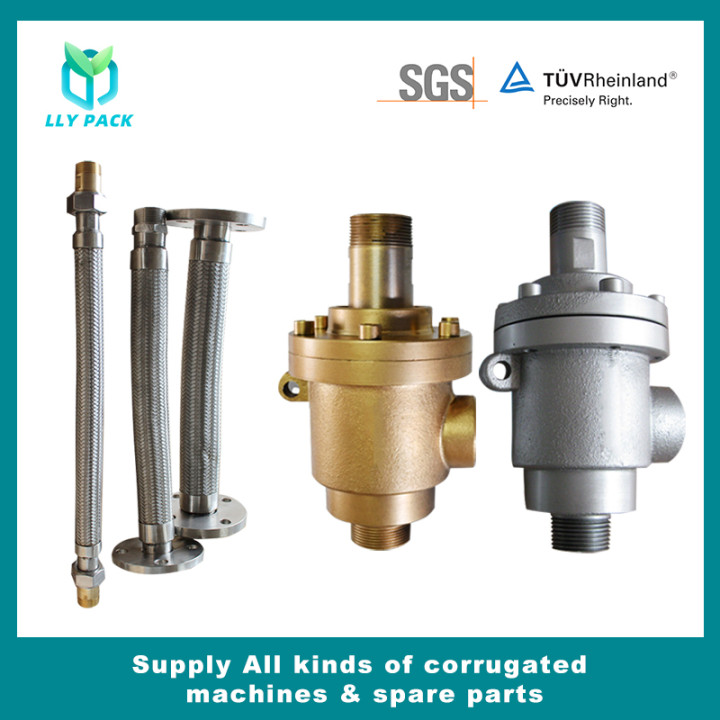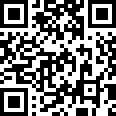The so-called crepe technology problems are mainly the accuracy of pasting and the quality of pasting. Now we will briefly analyze the above two issues.
The precision of pasting is the maximum relative distance between the base paper and the edge of the base paper on the side of the specified rules after the pasted paper (ie, corrugated paper or cardboard) is attached to the paper (ie, colored paper). The range value, which is generally ±1.
The factors affecting this value can be divided into two parts, the first, the mechanical part, the second, and the human factor. The equipment performance of each manufacturer of the mechanical part can basically meet this requirement. Because the manufacturer is still using semi-automatic boring machines, the human factors play a decisive role.
Due to the model, this requirement is slightly different. For Shengtian TMBl300A type machine, it is inclined to face the front gauge (because the lowest position of the gauge is the position of the tissue paper), so that the bottom paper can not advance, so the operator's requirement is to accurately send the paper. When it reaches the original position and is held until the point wheel feeds paper, the bottom paper is also sent out for the spot wheel, and is sent to the front gear of the point wheel press paper by the round belt conveyor to increase the friction of the paper and the round belt. Force, in the round belt also added a speed-adjustable fan, the purpose is to improve the time after the end of the paper. Because of the different working speeds, the wind power requirements for the fans are also different. The over-concentration of the wind caused the backing paper to be sent to the front gear away from the back of the gauge. Because of its elasticity, the backing paper moved away from the front gauge and moved backwards for a certain distance. When the wind is too small, it takes too long to create a long distance. Advance the end of paper. Adjust the wind force so that the bottom paper is just sent to the front gauge, so as to ensure that the accuracy is within its required range.
For the official TMBl300B machine, advance function, regardless of the end of the paper curvature of large and small should be the largest. Because of its front gauge, only the bottom paper is the pressing gap of the point wheel, so that the bottom paper is squeezed on the surface paper, and is conveyed to the pressure part through the pressure of the point wheel.
The so-called bonding quality, especially the impact resistance of the finished paperboard and the obvious degree of adhesion is most prominent. Both of these indicators are directly related to adhesives and are now based on the use of exotic rubber powders. This is explained in detail.
Adhesion, that is, the adhesive strength of the base paper and the paper. A good adhesive product is a mixture of a base paper and a facial paper that are immersed in each other, and a too deep immersion will result in significant impregnation. If the product is shallow, it will cause false attachments (ie, blows) and light plastics. This requires that the glue be evenly applied to the crepe paper and that sufficient immersed depth of the tissue paper be ensured. A simple verification method is introduced here. Firstly, the glue is evenly applied to the top of the crepe paper, ie more than one-third higher than the crepe height. It must be ensured that the hand is applied on the surface of the crepe paper, and there is a clear sense of rubberiness. Secondly, After the paper is adhered to the tissue paper and pressed, the semi-finished product is taken out before being fed into the press-fitting, and the release paper is opened to observe the glue trace on the paper. When the pressure of each conveyor roller is suitable, the glue trace should be: Continuous glue column line. When the size is large, the glue trace is a glue mark with a certain width. When the size is too large, there will be two glue marks with a smaller width. When the glue mark is too small, the glue track will appear as a discontinuous column line;
The apparent degree of crepe paper is what we call the degree of transparency. Seriously, the surface is wavy, and the direction of the paper fiber arrangement of the tissue paper plays a decisive role in ensuring the complete shape of the above-mentioned glue line. That is to say, when we say cross-thread and vertical-wire bonding, we should pay attention to that the surface-paper filaments should be perpendicularly intersected with the creases of crepe paper.
I believe that as long as you continue to summarize and explore in the actual operation process, you will surely have some experience. We would like to welcome you to the feedback on the actual operation of the problem, and we discuss together and make progress together.











